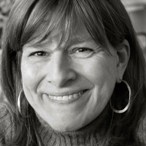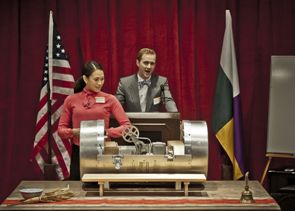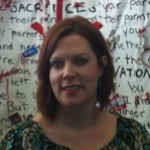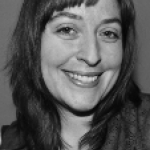
Sara Bateman
For the past year, I have been captivated by the concept of how tomorrow’s arts leaders must also serve as community leaders. Hailing temporarily from Oregon, where I have been pursuing a master’s degree in arts management that focuses on community arts, the line between arts leader and community leader is one that is quickly blurring for me.
As an emerging leader who is continually drawn to work that falls at the intersection of arts and social change, my eyes are most often focused on projects that look to address civic engagement, social justice, and community development needs.
In order to produce and promote effective programming at this intersection, I have delved into graduate courses, practicums, internships, research, and beyond to inform myself in the areas of not only arts management, but also community cultural development, arts learning policy, community arts theory, and social art practice.
Leaving Oregon with my degree in hand in just a few short months, my view on the art world has widened.
I entered the degree looking for solid skills in what I defined as arts management—the programmatic, financial, and administrative aspects—and left with much more. Becoming informed in the areas of community cultural development, community organizing, activism, and beyond have opened my eyes and abilities to effectively straddle the line between arts leader and community leader.
In being both a great arts leader and community leader, there is much knowledge needed of an individual. And sometimes, as we often feel in the nonprofit world, we can’t do it all, even though we are asked to.
Read More
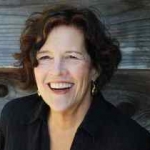

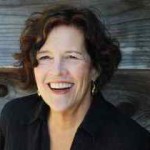 Arlene Goldbard
Arlene Goldbard


 Alicia Gregory
Alicia Gregory


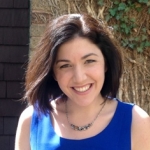

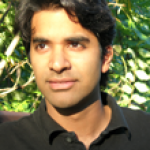



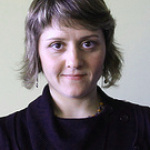

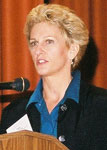



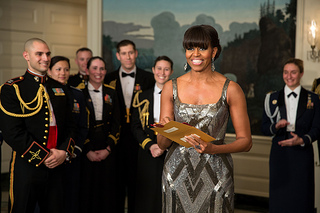

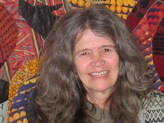 Judi Jennings
Judi Jennings
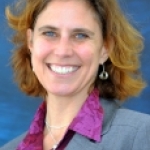

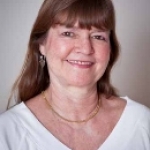
 MK Wegmann
MK Wegmann

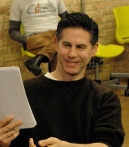 Michael Rohd
Michael Rohd
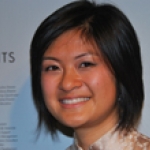
 Laura Ng
Laura Ng

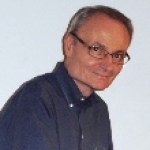
 Bill Rossi
Bill Rossi





